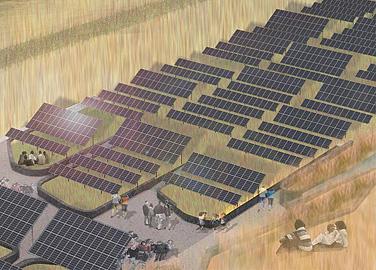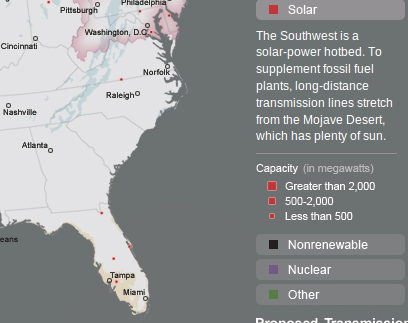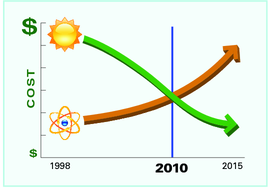 There’s still time to lead the solar parade:
There’s still time to lead the solar parade:
“The solar market is the fastest-growing market worldwide, bar none,” said Ryne P. Raffaelle, director of the U.S. Department of Energy’s National Center for Photovoltaics in Colorado. “For the last half-dozen years, it’s grown at about a 40 to 45 percent compound annual growth rate per year.”That was from a conference held in the Buffalo area recently.That growth is expected to accelerate next year, said Raffaelle, who was a Rochester Institute of Technology faculty member for 10 years. But the vast majority of that growth, both in the manufacturing and deployment of systems, is happening outside the United States. Asia has taken a “commanding lead” in manufacturing, and Europe leads in deployment, he said.
“But the rest of the world, they’re still watching the United States. They still see us as the 800-pound gorilla,” Raffaelle said. “It’s like, ‘When are they going to do something?'”
In Buffalo, New York, they’re not just talking about solar power: Continue reading









